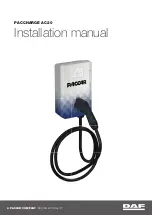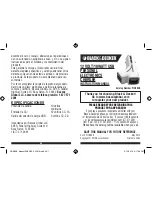
166
Vehicle care
The following applies to tyres fitted
opposing the rolling direction:
■ Driveability may be affected. Have
the defective tyre renewed or
repaired as soon as possible.
■ Do not drive faster than 50 mph.
■ Drive particularly carefully on wet
and snow-covered road surfaces.
Tyre designations
E.g. 215/60 R 16 95 H
215 = Tyre width, mm
60 = Cross-section ratio (tyre
height to tyre width), %
R
= Belt type: Radial
RF = Type: RunFlat
16 = Wheel diameter, inches
95 = Load index e.g. 95 is
equivalent to 690 kg
H
= Speed code letter
Speed code letter:
Q = up to 100 mph
S = up to 112 mph
T = up to 118 mph
H = up to 130 mph
V = up to 150 mph
W = up to 168 mph
Winter tyres
Winter tyres improve driving safety at
temperatures below 7 °C and should
therefore be fitted on all wheels.
Tires of size 205/60R16 and
215/55R17 are permitted as winter
tires.
In accordance with country-specific
regulations, affix the speed sticker in
the driver's field of view.
Tyre pressure
Although your vehicle has an
integrated tyre pressure monitoring
system, you should check the tyre
pressure of your cold tyres at least
every 14 days and before any long
journey.
Unscrew the valve cap.
The tyre and loading information label
on the front left-hand door frame
indicates the original equipment tyres
and the tyre pressures.
Additionally: See Tyre pressures
3
194.
The tyre pressure data refers to cold
tyres. It applies to summer and winter
tyres.
The ECO tyre pressure serves to
achieve the smallest amount of fuel
consumption possible.
















































